Metric System: A Guide to Units & Conversions
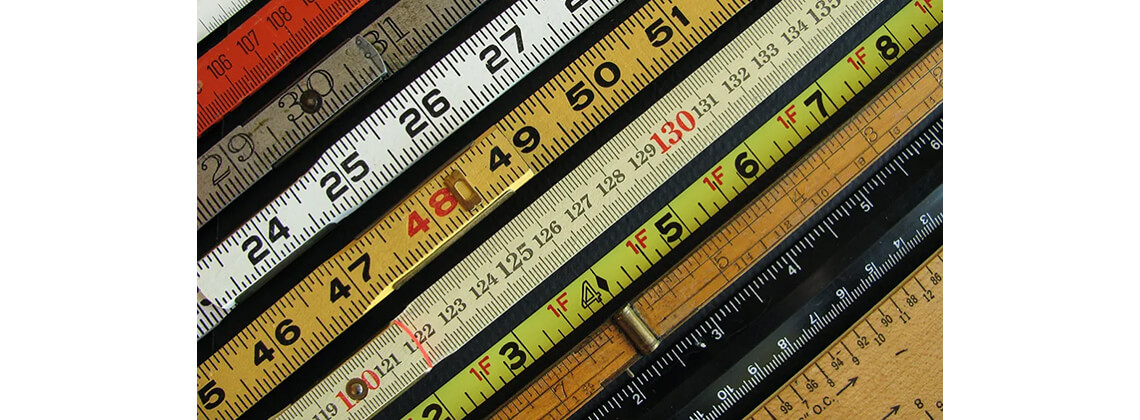
Have you ever wondered why most of the world measures temperature in Celsius, volume in liters, and distance in kilometers? The answer lies in the metric system, a globally embraced standard for weights and measurements. This article will guide you through the metric system’s structure, its ease of use through decimal-based units, and how its universal adoption simplifies trade, science, and daily activities across countries.
Key Takeaways
-
The metric system is decimal-based, which allows for easy and consistent conversions using powers of ten, and its widespread adoption under the International System of Units (SI) enhances global collaboration in various fields.
-
Metric prefixes such as kilo, hecto, and milli, correspond with powers of ten to easily express large or small quantities, while the coherent structure of the metric system with base units like meters and kilograms simplifies conversion tasks.
-
Despite metric’s global prevalence, the U.S., Liberia, and Myanmar still extensively use the imperial system, although these countries recognize or are transitioning to metric usage, particularly in scientific and technological contexts.
Exploring the Foundations of Metric Units
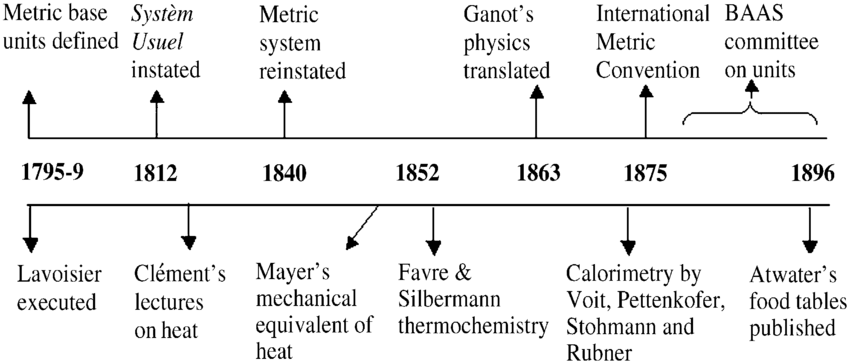
The seeds of metrics were sown during the French Revolution, aiming to create a unified and standardized system of measurement to facilitate trade and eliminate confusion. The metric system is fundamentally decimal-based, leveraging powers of ten, which simplifies calculations and conversions.
Over time, the system has evolved into a robust framework known as the International System of Units (SI), which incorporates modern definitions based on unvarying natural phenomena. This universal adoption has significantly eased global collaboration in science, trade, and everyday life.
The Decimal Point and Metric Units
The decimal point serves as the foundation of the metric system. Every metric unit is either a tenth or a multiple of ten, enabling easy comprehension and application of decimal points across diverse measures. Consider it a sliding scale – shifting the decimal point left or right facilitates swift conversions between larger and smaller units. For instance, converting meters to millimeters is as simple as shifting the decimal place three positions to the right.
The uniform usage of the decimal point throughout all metric units simplifies mathematical calculations and conversions. The power of ten is the secret sauce that makes the metric units user-friendly, efficient, and globally applicable. Whether it’s measuring distance for the length of a marathon in kilometers or the weight of a diamond in carats, the decimal point ensures simplicity and coherence.
Metric Prefixes and Their Significance
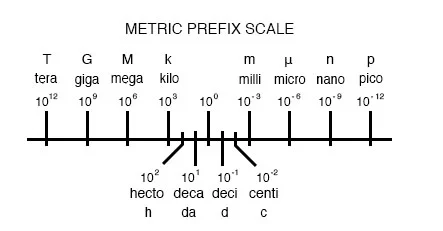
Metric prefixes, like kilo and milli, hold a significant role in the metric units. They modify base units to indicate multiplication or division by powers of ten, simplifying the representation of impractical unit sizes for particular measurements. These prefixes facilitate the expression of both large and small quantities, eliminating the need for long, unwieldy numbers or intricate fractions. For instance, instead of saying 1,000 meters, we say 1 kilometer, and instead of 0.001 grams, we say 1 milligram.
These prefixes are not just mathematical symbols; they are part of our everyday language. Whether purchasing a 2-kilogram bag of rice or measuring a 1-milliliter dosage of medication, metric prefixes simplify the quantification and comprehension of diverse measurements. The key metric prefixes, including:
-
kilo
-
hecto
-
deca
-
deci
-
centi
-
milli
correspond to unit multiples and submultiples that are powers of ten, streamlining the expression of extremely large or small values.
SI Units: The Modern Standard
The International System of Units (SI), today’s standard for the metric units, is founded on seven base units – the meter, kilogram, second, ampere, kelvin, mole, and candela. These units are defined by practical realisations, making them universally consistent and reliable for measurements. In daily life, SI units manifest in various ways, such as consumer products like beverages in two-liter bottles and car engine power output indicated in liters, demonstrating their widespread adoption.
The SI system exemplifies the evolution of the metric system, shifting from physical artifacts to natural phenomena as standards for defining base units. It is a testament to the universality of the metric system, a system of units based only on the unchanging properties of the universe, adopted and used by nations all over the globe.
The Structure and Coherence of Metric Units
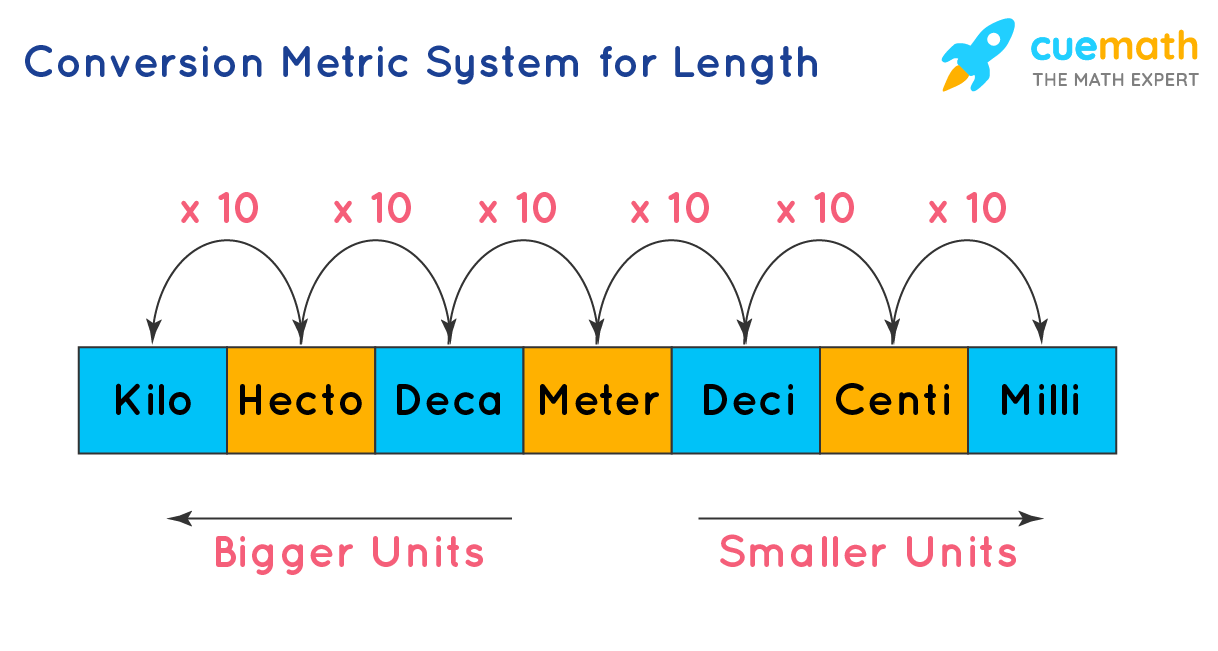
One of the hallmarks of the metric system is its logical and coherent structure. The units in metric are derived from the natural world and are structured in decimal ratios, making conversions straightforward.
The system’s clear structure, comprising base and derived units, enhances its user-friendliness and broad applicability.
Base Unit to Derived Unit Relationships
The metric units is coherent, meaning derived units are directly related to the base units, maintaining the same equations relating the quantities being measured without the need for additional numerical factors. The base units of the metric system, including:
-
meter
-
kilogram
-
second
-
ampere
-
kelvin
-
mole
-
candela
form the fundamental framework for scientific measurements worldwide.
Derived units are products of powers of base units with a proportionality factor of one. For example, units like the square meter for area and the cubic meter for volume emerge from calculations involving metric base units. In the SI system, derived units for quantities such as power and luminance are coherently represented by one unit, the watt for power and the lumen for luminance, illustrating how units relate to the crucial role of base units in their formation.
Ensuring Consistency Across Measurements
Consistency is a vital attribute of the metric system. It is achieved through interrelated definitions of base units and derived units that negate the need for intermediate conversion factors. Base units in the metric system are defined by stable properties of the universe, making them universally consistent and reliable for measurements.
The dependency of the metric system on decimal ratios and a logical structure provides a more straightforward framework for calculations and conversions compared to non-decimal systems like the imperial units. Whether you’re converting meters to kilometers or grams to kilograms, the process remains consistent and straightforward, thanks to the metric system’s base-10 structure.
Dimensional Analysis in Practice
Dimensional analysis in the metric system relies on the systematic relationship between base and derived units, such as length (meters) and area (square meters), to convert and solve measurement problems. The process employs conversion factors to switch between units. These factors are ratios of equivalent quantities, such as 100 centimeters being equal to 1 meter, allowing for precise and coherent conversions.
Take into account the conversion of time measurements, for example, transforming 5.8 minutes into 348 seconds by utilizing the conversion factor of 60 seconds per minute. This practical application of dimensional analysis showcases its importance in everyday life and various fields, including:
-
Physics
-
Chemistry
-
Engineering
-
Healthcare
Metric Chart: Your Visual Conversion Tool
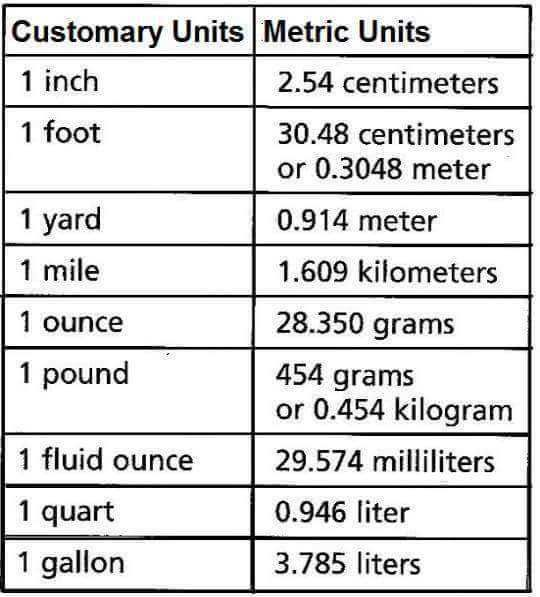
A metric conversion chart is an all-encompassing tool encompassing basic units and their conversions for dimensions such as:
-
length
-
volume
-
time
-
weight
-
temperature
-
area
It serves as a visual guide, facilitating the conversion process by providing a clear representation of the relationships between different units such as liters to milliliters, or kilograms to grams.
Understanding the Chart Layout
The metric conversion chart is structured to enable effortless conversion between units, presenting each measurement type (length measurement, area, volume, etc.) in a distinct table. Users can draw an arrow from the initial unit to the desired unit on the chart to visually understand the conversion process, with the length of the arrow indicating the power of ten needed for conversion.
A line of metric prefixes visually represents the relative size of units, guiding whether to multiply or divide during conversion based on the direction and number of spaces between units. Designed as foldables for interactive notebooks or full-sized for classroom display, these charts serve as a handy tool for learners, aiding in understanding the metric ladder system for converting units.
Practical Examples Using the Chart
The metric system chart is not merely a theoretical instrument; it finds practical use in daily life and across numerous industries. For instance, it can be used for:
-
Measuring breast implants in cubic centimeters (cc)
-
Denoting volumes of kettles in liters
-
Converting distances, such as transforming 10 kilometers to centimeters by multiplying 10 by 100,000 to get 1,000,000 centimeters
-
Measuring items requiring precision like the thickness of condoms and the diameter of pipes and bullets in millimeters
The metric system chart simplifies these processes.
The chart can also be applied in the culinary world, where precise measurements are crucial. For instance, converting mass, the metric chart can be used to change 24 kg of rice into metric tonnes, resulting in 0.024 tonnes. Whether you’re a scientist, a chef, or a student, the metric system chart is your go-to tool for effortless conversions.
Navigating Metric Conversions with Ease
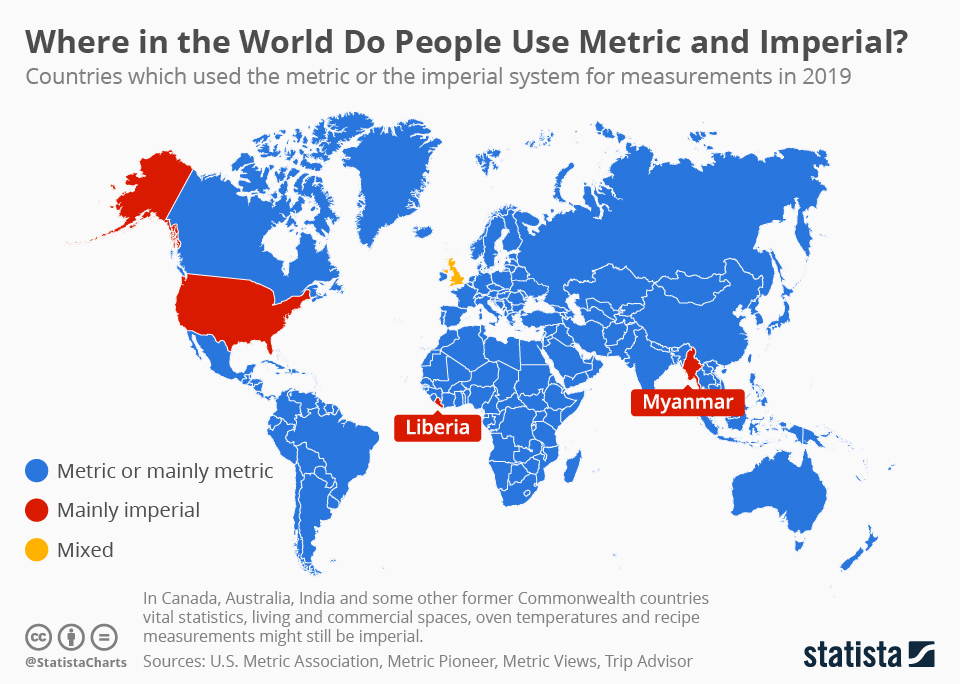
The metric system facilitates simple conversions through multiplication or division of values, depending on the size of the target unit. Thanks to the system’s base-10 structure, transitions between metric units involve simple multiplication or division by powers of ten, making the process consistent across various measurements.
Multiplying and Dividing by Powers of Ten
The decimal structure of the metric system allows for easy conversion between units by moving the decimal point, thereby streamlining the conversion process. To change from a larger metric unit to a smaller unit one, like meters to millimeters, you shift the decimal point to the right by a number of places that matches the power of ten difference between the units.
Converting from smaller units to larger units, like centimeters to decameters, involves dividing by powers of ten, which is achieved by moving the decimal place to the left. More smaller units equal fewer larger units, and if the decimal needs to be moved more places than there are digits, zeros should be added to maintain the correct value.
From One Metric Unit to Another
Transitioning between metric units is effortless using the metric system. You simply divide by 10 for every step you move to the left, or multiply by 10 for each step you move to the right along the metric scale. For instance, 1 gram equals 10 decigrams, 100 centigrams, or 1000 milligrams, demonstrating the practical application of the conversion principle.
The metric system’s reliance on the decimal system simplifies the conversion process, requiring only movement of the decimal point without complex math. This technique of multiplying or dividing by 10 is consistent across all metric units, allowing for seamless transitions between different magnitudes, whether dealing with volume, length, or mass.
Metric Around the World: Usage and Variations
Even though the majority of the world uses the metric system, only the United States, Liberia, and Myanmar typically conform to the imperial system of measurements. In daily life, imperial units are commonly used in the United States, for engagement and site statistics but metric units are often incorporated in scientific contexts and new technologies.
Both Myanmar and Liberia are transitioning to the metric system, currently utilizing a mix of metric and imperial measurements.
Global Adoption and Adaptation
Almost all nations across the globe have adopted the metric system, inclusive of the International System of Units (SI), as the official system for weights and measures. Everyday life applications of the metric system range from measuring body weight in kilograms, to weather conditions in millimeters, and distances in running events like 5Ks and 10Ks in kilometers.
However, despite metric being named ‘the preferred system of weights and measures’ in 1975, the United States did not fully adopt the metric system and retains use of the imperial system. Variations in usage, such as U.S. healthcare’s mixed use of metric units and patient-friendly measurements, demonstrate challenges in achieving a fully uniform global metric system.
Metric vs. Imperial: A Comparative Analysis
The metric system contrasts the imperial system, which lacks a decimal base and is primarily utilized in a select few countries. Due to its decimal structure, the metric system is considered easier for calculations, and its universal acceptance facilitates international trade, science, and communication.
Despite the presence of the imperial system in countries like the United States, the United Kingdom, Myanmar, and Liberia, industries such as technology and clothing often use metric measurements worldwide due to its simplicity and global standardization.
The metric system’s decimal structure and global standardization make it a clear choice for a universal system of measurement.
Personalized Content and Ads: Metric Edition
In the realm of personalized ads, metric units hold an essential role. These ads use metrics, use cookies and data, and user behavior to serve globally relevant content in familiar measurement units to the target audience, ensuring clarity and relevance. Whether it’s targeting fitness enthusiasts interested in sports equipment with metric measurements or defining the geographic scope of an ad’s reach using metric units, the metric system enhances the relevance and effectiveness of personalized content and ads. By incorporating the same recommendations a customized YouTube homepage and tailored content, advertisers can further refine their strategies for maximum impact.
Summary
To sum up, the metric system is a universal language of measurements that has revolutionized our world. Its decimal structure, clear prefixes, and coherent base units make it user-friendly and ideal for calculations and conversions. From the scientific community to the advertising industry, the metric system is an integral part of our lives, facilitating global trade, communication, and scientific discovery. Despite the lingering presence of the imperial system in some countries, the simplicity and universal standardization of the metric system make it the preferred choice for a global system of measurement.
Certified MTP has an elite selection of lab solutions, showcasing industry-leading brands including Flasks, Beakers, Pipettes, & Graduated Cylinders, Erlenmeyer Flasks, Measuring Pipettes, Stainless Steel Beakers, Glass Graduated Cylinders, and Plastic Graduated Cylinders.
Frequently Asked Questions
Will the U.S. use the metric plan?
Yes, the U.S. has already adopted metric alongside the U.S. standard units. The government and many industries have already converted to metric, and it is also taught in schools.
What are the 3 metric areas?
The three metric areas base units are the meter, gram, and liter, representing length, mass, and volume respectively. This system is widely used in scientific and everyday measurements.
What are the 5 units in metric?
The 5 units in metric are meter for length, kilogram for mass, second for time, ampere for electric current, and kelvin for temperature. The metric system is a globally recognized measurement system used in various fields of science and industry.
Why is metric based on powers of ten?
The metric is based on powers of ten because it simplifies calculations and conversions, allowing for easy conversion between larger and smaller units.
How does metric facilitate easy conversions?
The metric facilitates easy conversions by allowing for simple multiplication or division by powers of ten, making the process consistent across different measurements.
Related Blogs for Metric System:
Chemistry Glassware Names: A Comprehensive Guide
All About Volumetric Flask: Uses, Function & Overview
What is a Graduated Cylinder Used For?
Most Accurate Glassware for Measuring Volume
Everything You Need to Know About Beakers in Chemistry
Pipette or Measuring Cylinder: Tools for Liquid Measurements
Measuring the Volume of Liquid: Tips, Tools, and Techniques
Unlock the Secrets of Flask Volume for Accurate Results
Master C to F Formula: How to Convert Celsius to Fahrenheit
Mastering Burette Chemistry: Guide to Accurate Measurements
Erlenmeyer Flask and Filter Flasks Pros Con for Efficiency
Top-Quality Chemical Glassware for Precision Lab Work
How Many Ounces in a Gallon [Conversion Solved]
How Many Cubic Feet in a Cubic Yard [Solved]
Erlenmeyer Flask vs Volumetric Flask: Choosing Lab Glassware
Volumetric Cement Mixers: Guide to Maximize Efficiency
Convert Inches Cubed to Feet Cubed [Easily Solved]
Convert Cu Ft of Water to Gallons [Effortless Guide]
